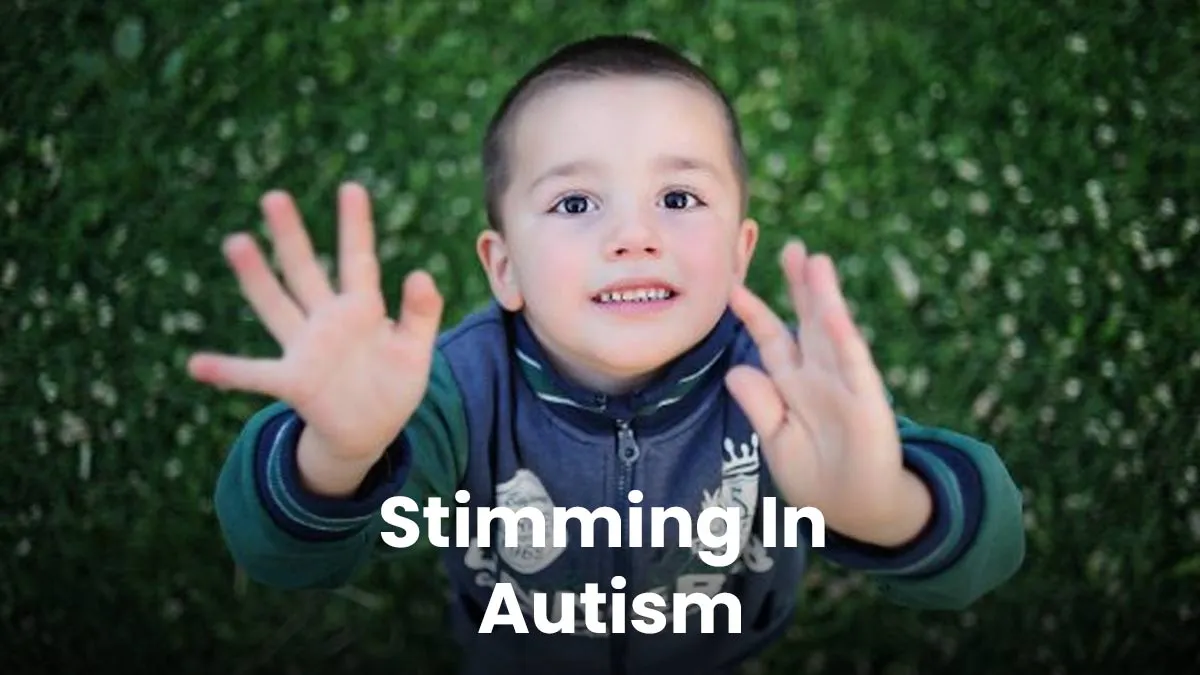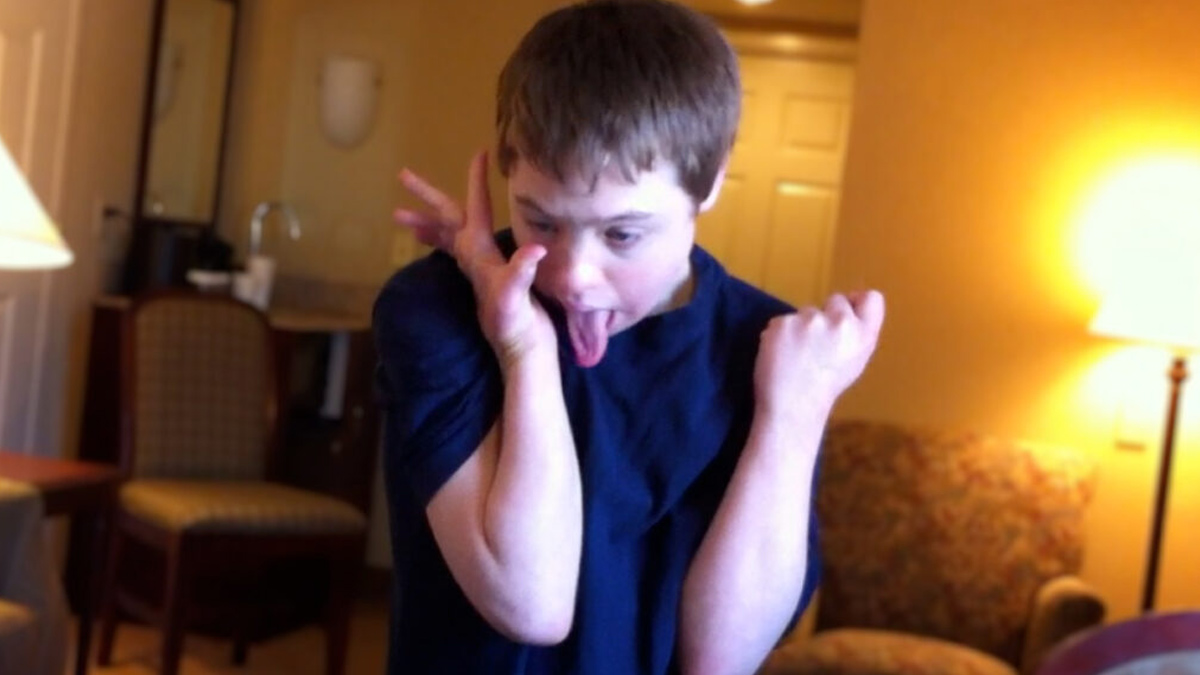
Stimming is short for self-stimulation. It means doing the same movement, sound, or action again and again. Many people stim. You might tap your pen, bounce your knee, or twirl your hair. Many parents notice their child doing the same actions over and over, like flapping hands, rocking, or repeating sounds. This behaviour is called stimming, and it’s very common in kids with autism. Understanding why children stim and how to support them can make a big difference in their comfort and growth. Read ahead to know more about it as an expert shares the signs, reasons and how one can support their child.
Table of Content:-
CHECK YOUR
MENTAL HEALTH

What Is Stimming In Autism?![Stimming in Autism 2 - 2025-07-16T170058.657]()
The DSM-5, a guide doctors use for diagnosing autism, lists stimming as, stereotyped or repetitive motor movements, use of objects, or speech. Symptoms cause significant problems in social, work, or other important parts of life. For someone with autism, stimming can sometimes make it hard to learn or join in everyday activities.
Dr Ankur D Sapra, Director and Founder, Bunny Steps OT, Jaipur, says, “Everyone has a stim. I play with my hair while chatting with a friend. Maybe you bite your nails when you’re nervous or bored. You may tap your fingers or a pencil on a desk while thinking. We all know someone who cracks their knuckles every five minutes or repeats a phrase over and over. Some people have stims that are less accepted, like nose-picking or biting themselves.” Dr Sapra adds that the main difference in autism is when stimming becomes intense enough to get in the way of daily life and learning.
ALSO READ: What Is A Neurodivergent Person? Expert Shares Signs, Causes, and Treatment
Why Do Children With Autism Stim?![Stimming in Autism children 1 - 2025-07-16T170100.737]()
Stimming serves many purposes. Here are some reasons children might stim:
- Overstimulation: Blocking out too much noise, light, or touch.
- Understimulation: Creating extra feeling or movement when things are too quiet.
- Pain relief: Some children hit or bang parts of their body. This may help release chemicals called beta-endorphins that dull pain.
- Managing feelings: Happiness, excitement, anger, or frustration can cause more stimming. Think about jumping with joy or flapping your hands when annoyed.
- Self-soothing: Just like babies suck their thumbs to calm themselves, children may stim for comfort.
Signs of Stimming in Autism![signs of Stimming in Autism 4 (93)]()
Each child’s stimming looks different. Some stims may be harmless, while others can be dangerous or cause injuries. Some of the common signs are mentioned below. Common stimming signs include:
- Hand-flapping
- Rocking back and forth
- Spinning or twirling objects
- Lining up toys or objects
- Making certain sounds or repeating phrases
- Biting, scratching, or head-banging
How to Support Your Child with Stimming?![Stimming in Autism support 3 - 2025-07-16T170102.459]()
Dr Sapra suggests, “Start by understanding rather than stopping the behaviour.” Here are ways to support your child:
- Rule out medical causes: Get your child checked for things like ear infections, chronic pain, or headaches.
- Manage the environment: Reduce loud noises or bright lights that can trigger stimming.
- Encourage physical activity: Exercise may lower the need to stim by releasing the same feel-good chemicals.
- Interact while stimming: You can keep playing or talking, even if your child is stimming. This helps build social skills.
- Try turn-taking: Play games your child enjoys and take turns. Don’t force your child to stop stimming during the activity.
- Positive reinforcement: Allow stimming as a reward after periods of focused work or play.
- Join in their stimming: Some programs, like Son-Rise or Floortime, suggest joining the movement, like spinning plates or rocking together, to connect with your child.
Making time for stimming and accepting it can actually reduce overall stimming and help your child feel understood. A study in Autism Research explains that stimming is a natural way for many autistic individuals to manage stress and emotions. Attempts to fully stop stimming can cause anxiety and take away an important tool for self-regulation. Supportive and positive approaches help children thrive.
ALSO READ: Is Autism a Genetic Disorder? Expert Shares Fact From Fiction
Conclusion
Stimming is part of life for children with autism. It helps them cope, feel better, or express excitement. By understanding and supporting your child’s stimming, you can help them feel safe and connected. Remember, acceptance makes a big difference in their growth and happiness.
Also watch this video
How we keep this article up to date:
We work with experts and keep a close eye on the latest in health and wellness. Whenever there is a new research or helpful information, we update our articles with accurate and useful advice.
Current Version



-1752665782766.jpg)
